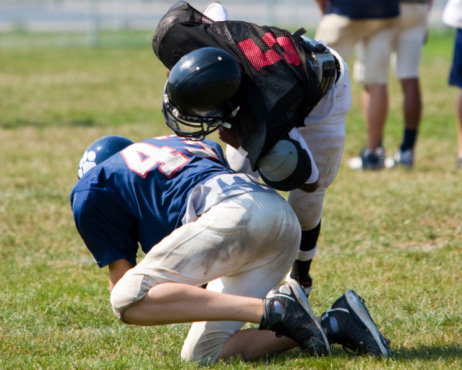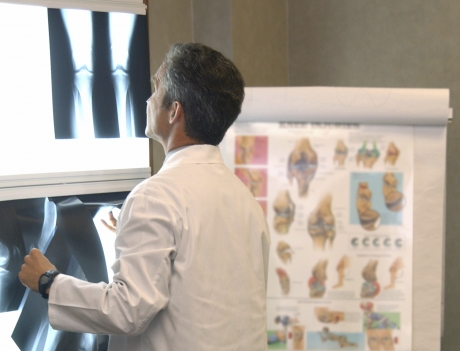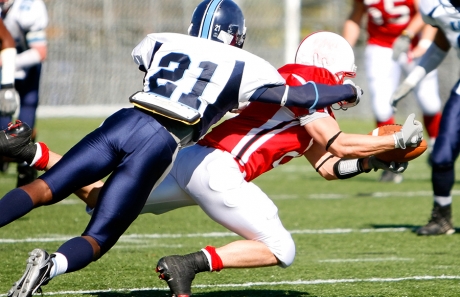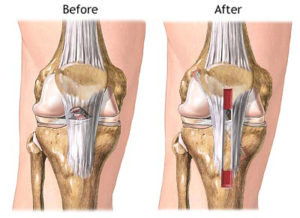For many kids, back to school means back to sports. Youth sports are a valuable experience, filled with challenges, competition and fun. Being part of a team fosters feelings of belonging, inspires collaborative play and strategy, and can be an excellent form of exercise.
Still, parents often worry about the risk of injury their children face on playing fields. Even if your child returns to school in optimal condition after a summer spent building up body, flexibility and speed, too many kids still get stuck on the sidelines with injuries, some of which are preventable.
The Centers for Disease Control and Prevention says more than 2.6 million children are treated in the emergency department each year for sports- and recreation-related injuries.
Common injuries young athletes face are often related to the skeletal and muscular systems of the body. The American Academy of Orthopaedic Surgeons stresses that children’s bones, muscles, tendons, and ligaments are still growing, making them more susceptible to injury. Fortunately, many youth-sport injuries can be prevented. Continue reading “Huddle Up About Back-To-School Sports Safety”




